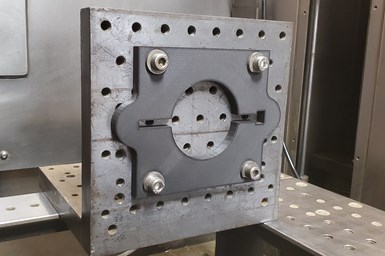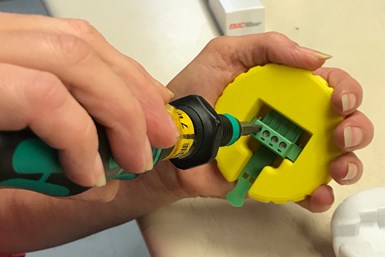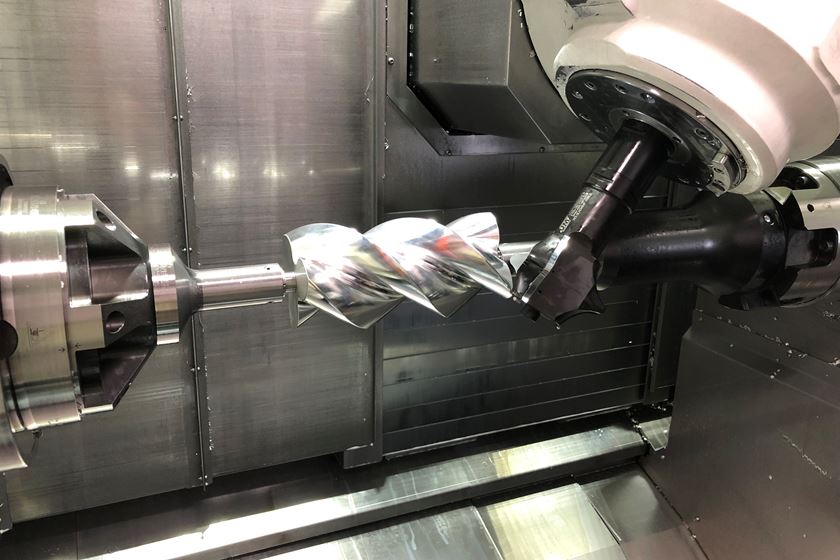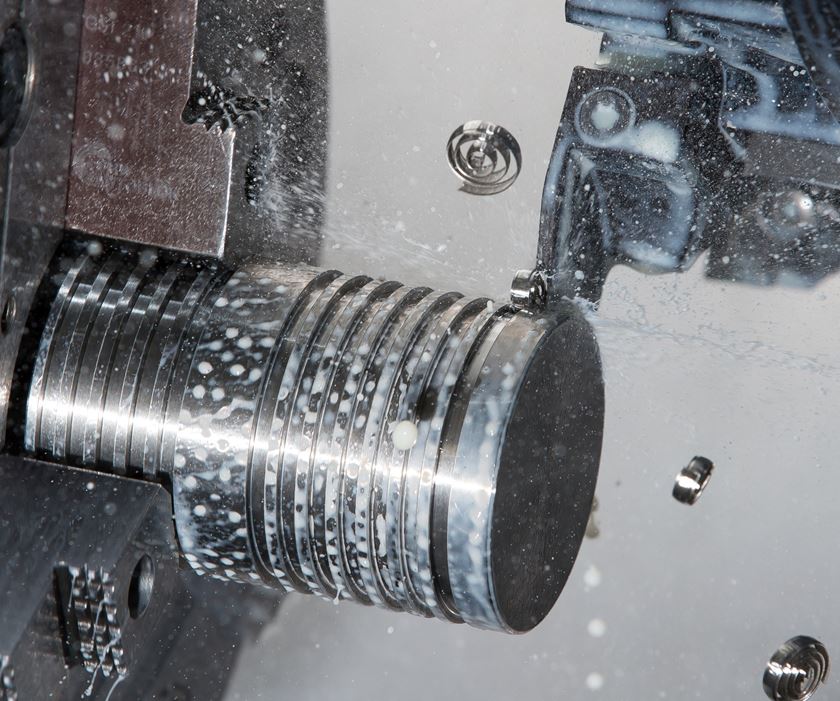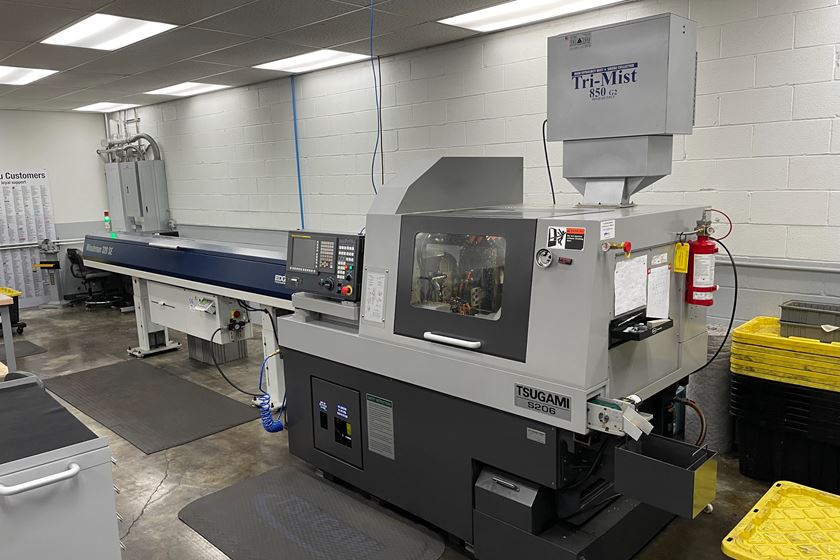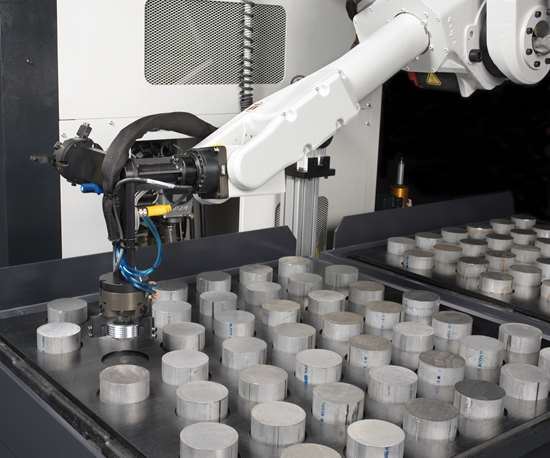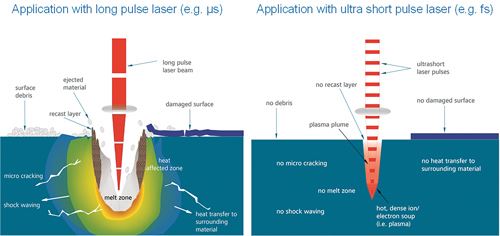When desktop 3D printers started to become ubiquitous in schools, libraries and maker spaces, they unfortunately gained a reputation for being mostly suited for making toys and trinkets. While that impression may have stuck, 3D printing materials and technology have improved, and today, plastic 3D printed parts are being used in demanding real-world applications as varied as consumer products, space exploration and industrial components. Over atAdditive Manufacturing Media, production through 3D printing is a significant part of our focus.
But a 3D printer need never produce parts for sale to have real value. Extrusion-style desktop printers are perhaps even better suited to making the tooling that supports more conventional manufacturing. For an investment ranging from a few hundred dollars into the low thousands, shops that embrace this type of 3D printer gain an alternative to off-the-shelf products, to outsourcing, or to more time-consuming or expensive manufacturing methods for tooling.
Here are five ways I’ve seen manufacturers use affordable, desktop extrusion-style 3D printers on the shop floor:
-
Inspection fixtures.3D printing makes it possible to quickly and easily create custom fixtures to hold parts in just the right position for CMM or laser inspection; for small parts, “nests” can be produced by essentially reversing the CAD model to build its inverse in the printer. Aside from being a fast and low-cost way of producing these items, 3D printing also offers a means of improving inspection repeatability: Part numbers, assembly instructions or other information can be printed right into the item’s surface for easier reuse.
This3D printed inspection fixturewas designed by reversing the part’s CAD model, not unlike the process for designing a mold. Text printed into the side identifies the part number that matches this tool.
- Robot tooling.Robot arms and collaborative robots are increasingly common in machine shops where they can be applied to load barstock, unload parts, perform gage inspection and more. A 3D printer can be a fast and affordable way to produce vacuum grippers,mechanical grippers, fingers and other custom end-of-arm-tooling to keep robots at their most productive. I’ve even seen aprinted end effector for sanding partsthat incorporated a vacuum line to clear away the resulting dust. 3D printing can also be applied to produce trays,chutesand baskets to assist the robot.
-
Workholding.The plastics most commonly used in filament extrusion printers are nonmarring for metals, and can be a good solution for holding unusually shaped parts inside a machine tool. While custom jaws or fixtures could be printed directly, sometimes a小除了现有的一部分is all that’s needed. A 3D printed frame or inverse block can lend straight edges to a part that otherwise has none, making it easier to hold in a standard vise. As an added bonus, plastic fixtures can be used in EDM processes with no fear of rusting.
This3D printed guidehelps ensure accurate electrical discharge machining (EDM) for metal parts. This polymer composite tool won’t rust and won’t damage the part like a metal fixture might.
- Organization.Process improvement strategies like lean manufacturing and Six Sigma emphasize the need for organized workspaces — and 3D printing can be a simple way to buildcustom brackets, racks and even labels to help keep cutting tools, micrometers and other items organized and close at hand. Incorporating labels or other text into these prints introduces no additional complexity to producing them.
-
Hand tools.Need a check gage, an assembly aid or a replacement for something no longer produced? 3D printing might be the right way to make it. Automakers likeFordandGMroutinely 3D print tools for their assembly lines, and the same advantages of speed, customization and cost savings can be realized in a shop of any size. Once a tool has been created, the 3D file can be stored and reprinted in the future should it ever break or go missing.
3D printing can easily create assembly aids and hand tools like this自定义适配器used in a torque verification process at an electronics manufacturer.
This list is certainly not exhaustive, and only focuses on one particular style of 3D printer that extrudes polymer filament at a limited scale. There are many more types of printers and material options out there, not to mention many other creative uses of 3D printing for both tooling and production. That might be yet another compelling reason to add a desktop 3D printer to the shop floor: the chance to get familiar with this technology in anticipation of possible future opportunities with additive manufacturing.
About the Author
Stephanie Hendrixson
Stephanie Hendrixson is executive editor forPM’s sister brand,Additive Manufacturing, where she writes about industrial and production uses for 3D printing technology. She is also co-host of The Cool Parts Show video series and the AM Radio podcast. Find her work atadditivemanufacturing.media.
RELATED CONTENT
What Does 2021 Have in Store for the Parts Cleaning Industry?
With a new opportunity to do good things in your organizations this year, I hope you use the parts cleaning section and this year’s and last year’s Parts Cleaning Conference as tools to succeed.
Manufacturing Knowledge is Power
The Knowledge Centers with video produced by brands such as Production Machining on the IMTS spark online platform take deep dives into technology and trends related to various CNC machining and manufacturing topics.
The Basics of Cleaning with a Parts Washer
Better Engineering answers the question of “What do I need to know about an aqueous parts washer and its process?”





